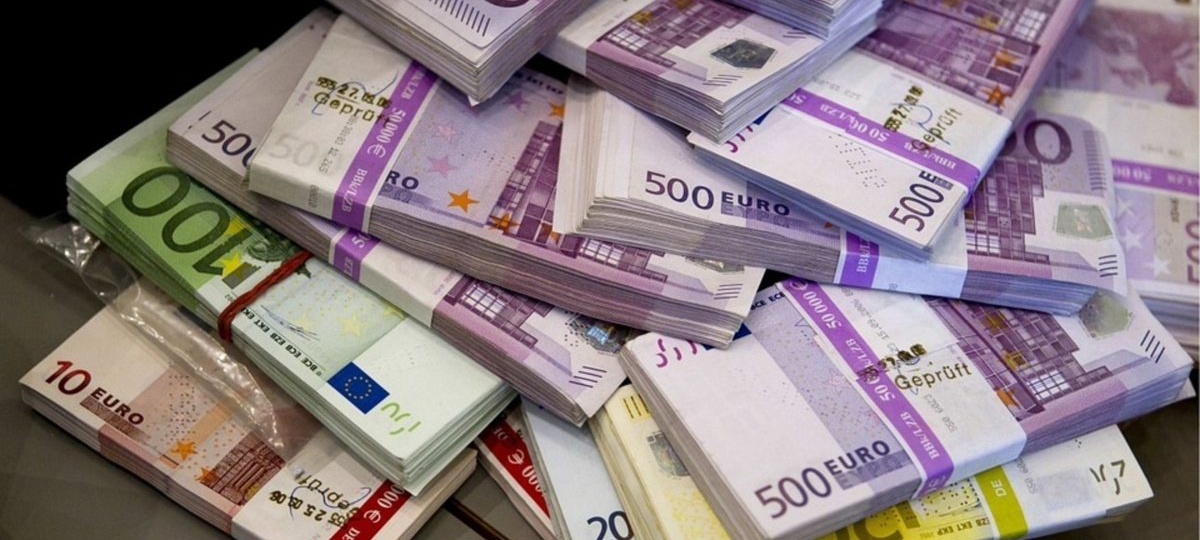
Buy Counterfeit Money – Purchase and Delivery
Buy Counterfeit Money
In order to engage in a purchase, vendors require customers to contact them
in some way. Open Web vendors tended to have multiple points of contact by
comparison to those advertising on the Dark Web.
Purchase and Delivery
Once the customer places their order, they would then send payment to the
vendor, which would formally initiate the transaction. Payments were primarily made using cryptocurrencies, though bitcoin was most frequently
used.
The notes will be printed and ship over to your provided location after you make the payment.”
other payment forms would specify their process,
Product Pricing
A total of 17 currencies were offered within the sample of counterfeit currency vendors mostly offer Western currencies such as
the U.S. Dollar (25.5%), Euro (23.9%), British Pound Sterling (11.1%),
Australian Dollar (10.7%), and Canadian Dollar (8.2%). Non-Western currencies were also advertised by vendors, consisting mostly of Middle Eastern
or Asian nations (see Table 3 for details).
Currency type N of advertisements Percentage
Average listed
price in USD
AED (Emirati Dirham) 1 0.4 —
AUD (Australian Dollar) 26 10.7 $504.36
CAD (Canadian Dollar) 20 8.2 $318.79
CHF (Swiss Franc) 5 2.1 $1,363.76
CNY (Chinese Yuan) 20 8.2 $358.62
DNR (Denarius) 1 0.4 —
EUR (Euro) 58 23.9 $970.58
GBP (British Pound Sterling) 27 11.1 $1,580.20
INR (Indian Rupee) 2 0.8 —
MYR (Malaysian Ringgit) 2 0.8 —
NZD (New Zealand Dollar) 2 0.8 —
QAR (Qatari Riyal) 1 0.4 —
SAR (Saudi Arabian Riyal) 1 0.4 —
THB (Thai Bhat) 2 0.8 —
TRY (Turkish Lira) 1 0.4 —
USD (United States Dollar) 62 25.5 $953.11
Unknown/unspecified 12 4.9 $345.83
Total 243 100 $861.99
Note. Not all product advertisements provided a cost price in their product description. As
a result, the mean advertised price in USD was unattainable for several products/currency
types